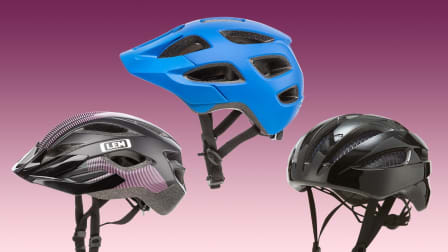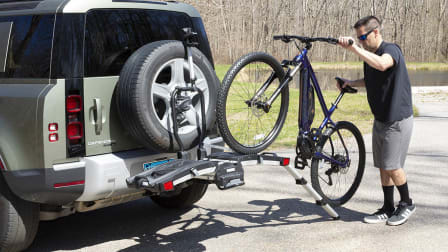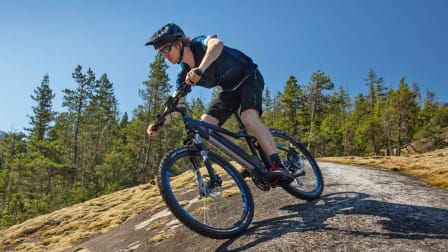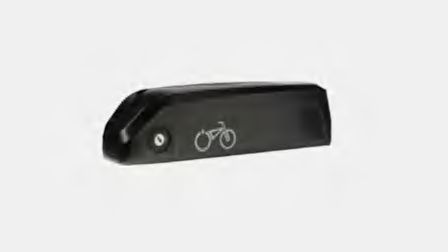We Tested 5 Electric Bikes. Here's What We Found.
Even the least expensive e-bike CR tested provides a speedy, eco-friendly way to get around
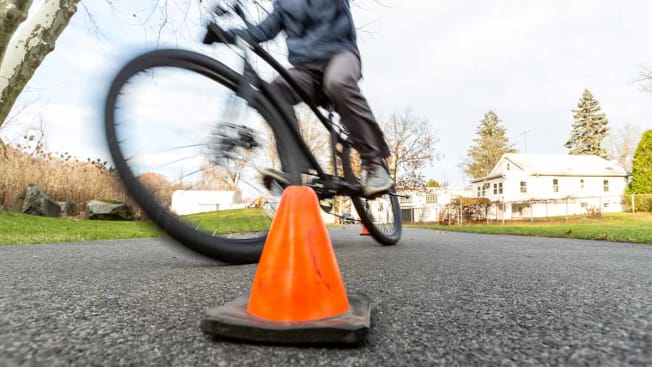
You’re cycling along a smooth, flat road, and suddenly a large hill appears before you.
If you’re on a regular bicycle, you take a deep breath, downshift, and start pedaling hard. But if you’re on an electric bike, you can just relax: Either the pedal assist will kick in automatically, helping you to glide uphill, or you’ll activate the throttle for a quick boost. Either way, you can reach the top of the hill without breaking a sweat.
For many people, “there are certain barriers to cycling: The distances are too far, it takes too long, it can be hard going up hills,” says John MacArthur, principal investigator for electric bicycle research initiatives at the Transportation Research and Education Center at Portland State University in Oregon. “Once you put a battery onto a bike, it breaks down a lot of those barriers.”
It’s little wonder then, that the popularity of electric bikes has soared. (Read about the new features on electric bikes from Specialized.)
Sales of e-bikes in the U.S. grew more than eightfold between 2014 and 2017, according to NPD Group, a market research firm. But the number of people in the U.S. who use e-bikes is still quite small—especially compared with the product’s massive popularity in China and parts of Europe.
Think an electric bike might be right for you? CR put five very different models to the test. (Skip to the results below.)
Here’s what you need to know if you’re thinking about buying an e-bike—including the safety considerations—along with details about our testing program and our findings.
Find out whether an e-bike is right for you.
Electric Bikes: The Basics
Before you buy an e-bike, the first thing you should figure out is whether it’s legal to ride one where you live. Until recently, the laws governing the use of e-bikes were different in almost every state, says Morgan Lommele, the director of state and local policy at People for Bikes, a bicycling industry group.
People for Bikes has been lobbying state legislators across the country to enact uniform regulations governing the use of e-bikes. For now, your best bet is to look up the laws that apply to where you live in the group’s state-by-state guide.
How We Tested
For our tests, all riders used each bike equally to average out any differences in performance due to weight, riding level, and style. We did not evaluate the built-in computer that comes with many e-bikes—generally to track speed and distance—but we do mention which models have one.
Here’s how to understand each of the features we rated.
Range
We fully charged the bikes’ batteries, and then rode a hilly loop course on our test grounds at CR’s headquarters. We maximized the assistance provided by the motors, and the loop included stops and starts, full-speed stretches, U-turns, a long uphill, and a sharp downhill. The score for this test is based on the number of miles each bike covered before the battery was depleted.
Acceleration
We timed the bikes on a set course, starting from a standstill and accelerating to the highest speed.
Braking
We measured the distance required to come to a stop from the highest attainable speed under assistance or throttle.
Hill Climb
We timed each bike as it climbed a short, steep hill.
Control Response
We judged how quickly each bike disengaged assistance when the rider stopped pedaling—an important safety feature.
Unassisted Hill Climb
A judgment of how easy it was to climb hills without pedal assistance or throttle, based on the lowest gear ratio available.
Unassisted Cruising
A judgment of how easy it was to cruise at the highest speed without the pedal assistance or throttle, based on the highest gear ratio available.
The Results of CR's Electric Bike Tests
We tested five models that included a variety of features, at prices ranging from $600 to $2,600.
These are all regulated as either Class 1 (where the assist is activated by your pedaling and gets you up to 20 mph) or Class 2 (where the assist is activated by a throttle and gets you up to a maximum of 20 mph). We did not test any Class 3 bikes, which have top speeds of 28 mph.
These five models can’t be seen as representative of the entire electric bike market, but they do provide a snapshot of the wide variety of e-bikes at the lower end of the market.
The e-bikes are presented in alphabetical order. Each is rated on several features, but there is no Overall Score.
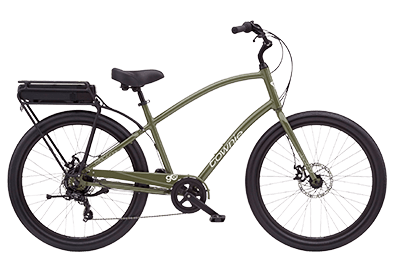
Throttle: No
Computer speed/distance: No
Assist levels: 3
Gears: 7
Motor: Hub
Seat type: Cruiser saddle
Headlight: No
Battery amp-hours: 8.6
Removable battery: Yes
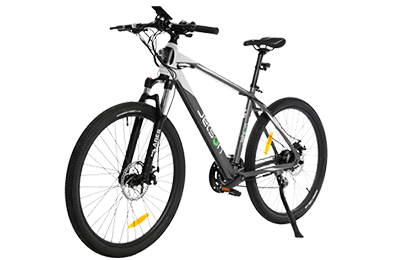
Throttle: No
Computer speed/distance: Yes
Assist levels: 9
Gears: 21
Motor: Hub
Seat type: Sport
Headlight: Yes
Battery amp-hours: 7.8
Removable battery: No
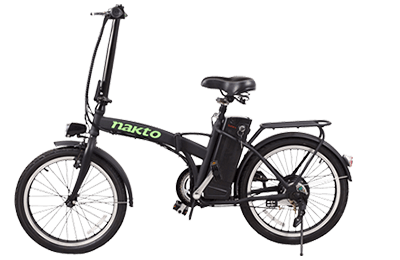
Throttle: Yes
Computer speed/distance: No
Assist levels: 1
Gears: 21
Motor: Hub
Seat type: Comfort saddle
Headlight: Yes
Battery amp-hours: 10
Removable battery: Yes
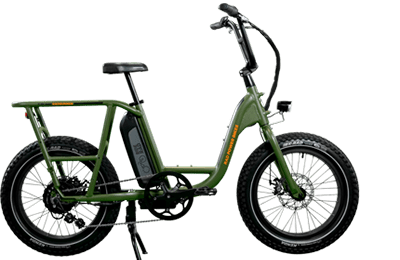
Throttle: Yes
Computer speed/distance: No
Assist levels: 4
Gears: 1
Motor: Hub
Seat type: Flat
Headlight: Yes
Battery amp-hours: 14.0
Removable battery: Yes
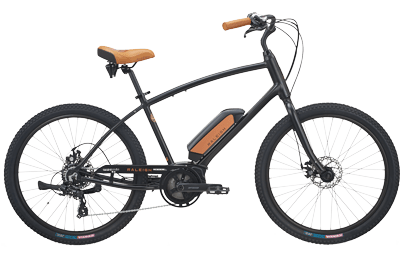
Throttle: No
Computer speed/distance: Yes
Assist levels: 4
Gears: 8
Motor: Midmount
Seat type: Cruiser saddle
Headlight: No
Battery amp-hours: 10
Removable battery: Yes





























